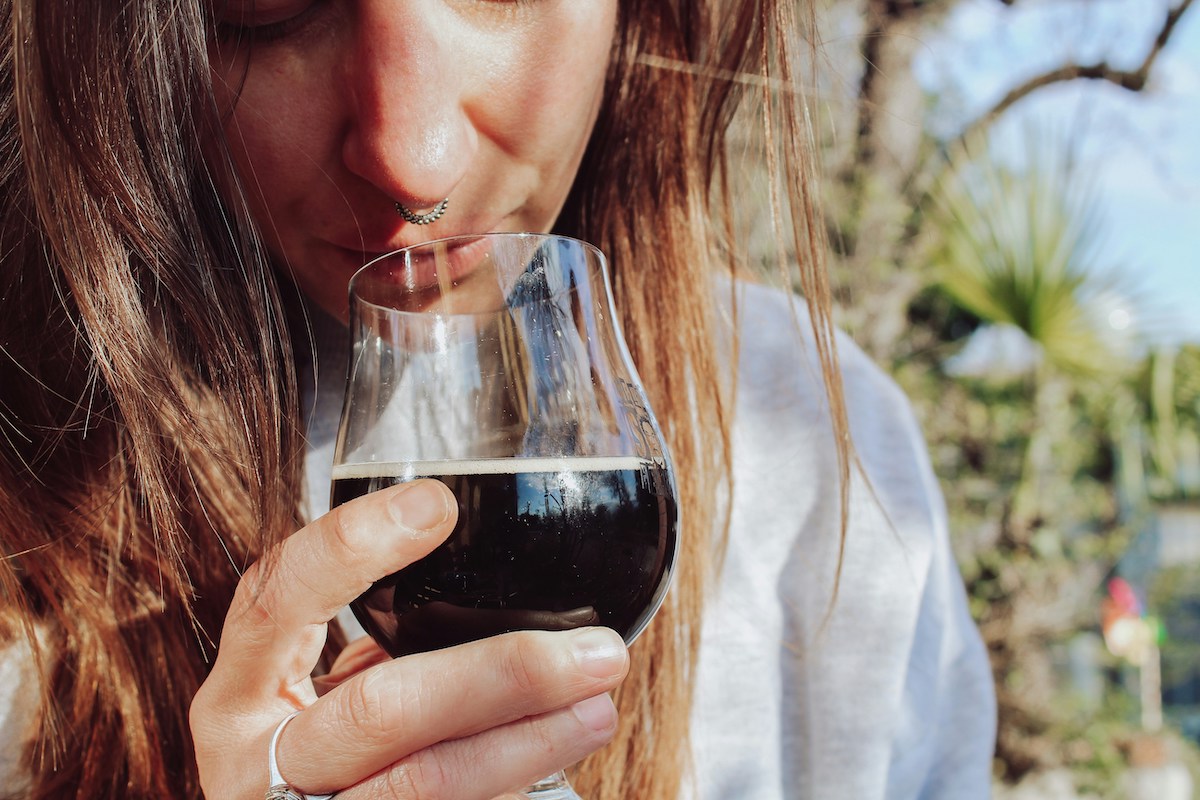
What type of finish do we use?
By Ryan Herbstsomer, 6 min reading time

By Ryan Herbstsomer, 6 min reading time
We take a look into our extensive finishing process, how we've perfected it over the years, and how we know it's the best.
Whether you're a veteran pen collector or you're looking to give a wood pen as a gift, you've probably wondered about the types of finishes that turners use on their pens.
We’re asked what type of finish we use all the time, and we thought we would delve deep into the surprisingly controversial world of pen finishes.
During the pen making process, there are many steps that all makers must follow to have a perfect pen. All pens are hollowed, cut to the correct length, turned on a lathe, sanded, and assembled. Each of these things are done with slight differences depending on the turner's preference, resulting in each pen maker having a unique line of products.
The major “argument” between pen craftsmen is over the type of finish. So let’s just break those down.
A still finish is an pen finish that is used when the pen has been taken off of the lathe (the tool used to turn the pen).
Still finishes can include hard finishes like polyurethane, or matte finishes like danish oil.
These finishes are very uncommon, and you will generally only see them in pens that are made by novice turners, or extremely high end pens that use a mixture of natural oils.
These waxes, like “EEE-Ultrashine” and are basically formulas that include fast drying finishing compounds like shellac, lacquer, and various waxes.
These mixes are much more common than still finishes, but are still generally used by newer pen turners because they can buy them right off the shelf.
Click here to see an example of shellawax
The CA finish is probably the most popular finish used by pen turners. CA stands for Cyanoacrylate, and puts a thick layer of acrylic (plastic) over the wood. CA is also commonly known as super glue.
The CA finish is arguably the most protective of the pen finishes (since there is an entire layer of plastic between your hand and the wood), and is used for higher end wood pens. CA doesn’t rub off like common pre mixed waxes, and is much glossier than still finishes.
So if CA is the most protective finish and makes the pens glossy, why don’t we use it? CA glue has some major flaws that just can’t be overlooked:
Click here to see an example of C.A. glue
You wouldn’t put plastic over an engagement ring, would you? No matter how protective it is, if you’re ruining the nature of the product, there is not reason to have it in the first place.
(If you haven’t picked up on my tone, this is where the argument usually is…)
Friction polish is a fast drying pen finish that uses heat from the spinning pen to dry within a few seconds. These are generally shellac or lacquer based with water and various waxes.
Friction polishes are easy to use and generally result in a high shine, but can rub off of the pen within a few weeks of daily use.
Click here to see an example of friction polish
As you can see, none of these finishes are perfect, and the word “perfect” is up for interpretation. Maybe you don’t care how your pen feels and don’t mind a plasticky feeling. Or maybe you want a matte wood finish and go with a turner who uses danish oil.
As for us, we use a combination of a few finishes. Our combination is what we think is a perfect way to make a pen, and has taken years of experimenting and frustration to develop.
The ultimate result of this finish is a pen that is glossy, protected, and still feels like wood. Our techniques are definitely not the most popular way to finish a handmade pen, but it’s what makes ours better than our competitors.
Hopefully we didn’t drag on too long about each finish, and hopefully even if you don’t agree with our finishing options, you can understand why we prefer them.
Check out all of our wood pens, or see all of our handmade gifts for men!

Fancier than a 6-pack, but cheaper than a fermentation tank—discover our 5 favorite gift ideas for the beer nerd in your life.

I’ve never done things in a way considered “normal,” and this is no exception. From day one, I had a feeling that I would sell Autumn. But until re...

Corporate gifting allows businesses of every size to cultivate stronger bonds with employees, clients and prospective clients. Autumn Woods Co. is ...